Privet hedges are a popular choice of hedge plants for gardeners looking to create a lush, green border around their property. But like all plants, privet hedges can be prone to certain pests and diseases that can cause serious damage if not addressed quickly.
Understanding the common problems associated with privet hedges is key to keeping your hedge healthy and vibrant.
In this article, we will discuss some of the most common pests and diseases that affect privet hedges so that you can take steps early on to prevent them from causing significant damage.
Privet hedging plants are a popular choice in UK gardens, providing a dense, fast growing evergreen hedge that's easy to plant and maintain. There are several species of privet available in the UK, including our best selling species of Common Privet (Ligustrum ovalifolium) and Golden Privet (Ligustrum ovalifolium Aureum).
Although Privet will grow in almost any soil condition, it prefers well drained soil, in full sun or partial shade with a good covering of clean wood mulch.
Privet is an extremely hardy evergreen shrub that is resilient to different climates and temperatures. However, problems with privet hedges can arise and threaten the plants health if not identified and treated appropriately.
The most common pests that affect privet hedging in the UK include vine weevil, spider mites and scale insects. Common privet hedge diseases should be dealt with quickly to prevent your privet hedge dying, these include honey fungus, powdery mildew, rust and leaf spot which are common in UK gardens.
Honey fungus produces strands of mycelium which is a fungal disease that can kill privet hedges. The most common symptom of honey fungus is white threads (known as mycelium) growing at the base of the hedge or in the roots. These yellow mushrooms can also be found around the base and along the branches of infected plants.
It's important to address honey fungus quickly as there is no cure for this privet hedge disease and it can spread to other plants causing root rot and death. Privet hedges infected honey fungus should be removed and destroyed immediately, without composting the plant material to reduce the risk of cross infection with other plants.
The best way to prevent honey fungus is to keep the area around your privet hedge free from organic debris, such as fallen leaves or twigs. This will reduce the risk of infection spreading through contact with infected plant material.
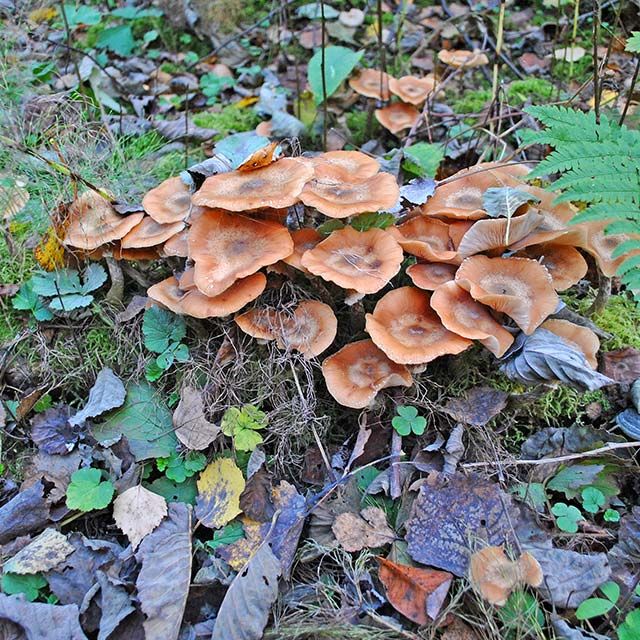
Powdery mildew is a common fungal disease that affects plants, including privet hedges. It appears as white patches on the stems and leaves of infected plants, which can cause yellowing and wilting if left unchecked.
Treating mildew requires a fungicide to be applied directly onto all affected areas of the privet hedge. It is important to follow application directions carefully as it can be easy to miss spots that may still be infected.
Additionally, it is advisable to apply a second treatment two weeks later to ensure that any new infections are also treated.
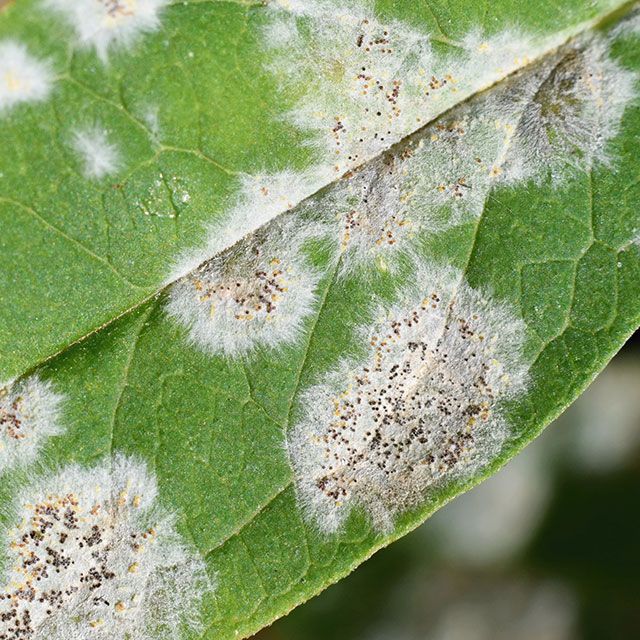
Rust and leaf spot are two fungal diseases that affect privets. Both cause spots or discolouration on the leaves of the plants, but can be distinguished by their colour — rust is reddish-orange in appearance, while leaf spots are usually yellow or brown.
If caught early, these problems can often be resolved with fungicides. However, it is important to thoroughly cover all affected areas in order to prevent further infections.
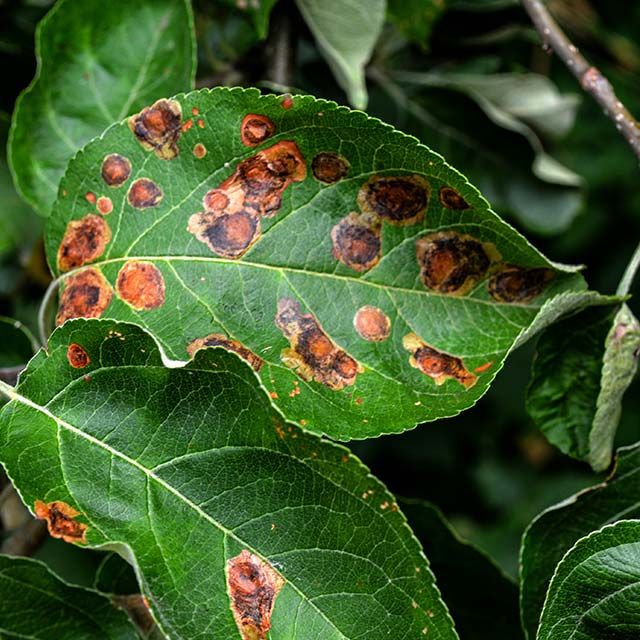
Spider mites are another common pest that can affect privet hedges. These microscopic pests feed on the sap of the leaves, leaving behind visible yellow spots and white webbing. Spider mites thrive in warm, dry conditions, so it is important to keep an eye out for any potential infestations before they become too severe.
Treating spider mites can be done with insecticides, but it is important to apply the treatment thoroughly for maximum effectiveness. Additionally, treatments should be reapplied every few weeks in order to prevent re-infestation.
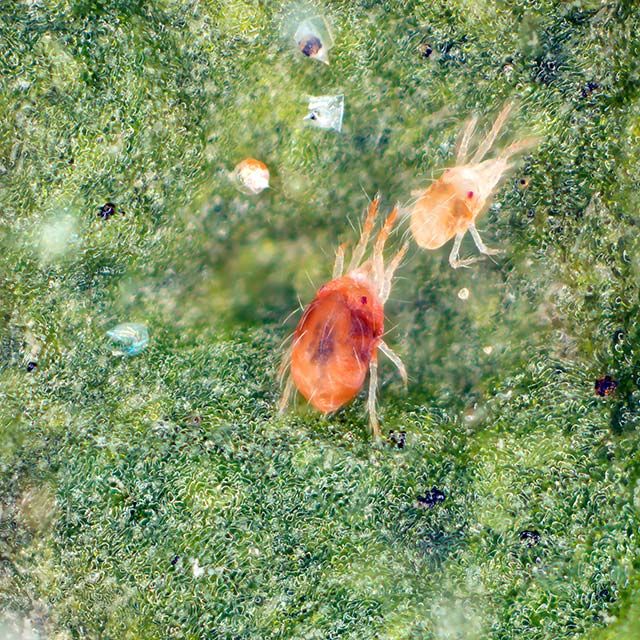
Scale insects are a common problem for privet hedges. These small pests feed on the sap of the leaves and stems, which can cause significant damage over time. The main symptom is visible yellow spots on the underside of leaves or around the stem tips.
Treating scale insects can be done by using insecticidal soaps or horticultural oils. It is important to apply the treatment at least twice, as this will ensure that any newly hatched insects are also killed.
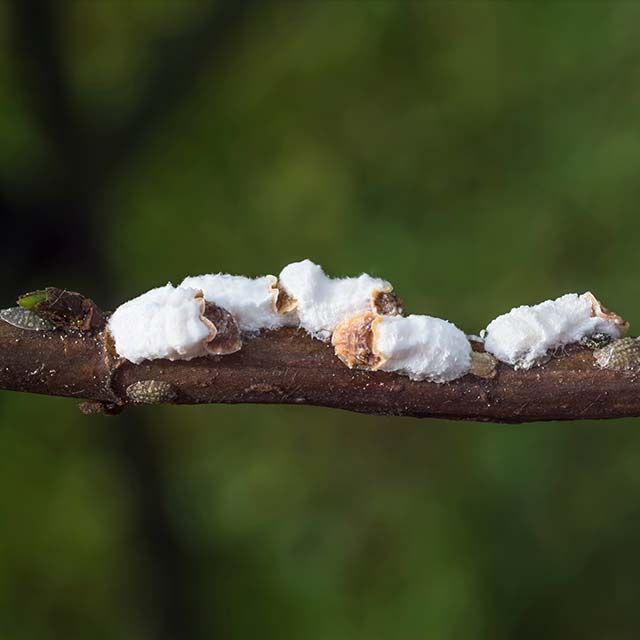
Vine weevil is a common insect pest that affects privet hedges. These beetles feed on the foliage, which can cause significant damage to the hedge. The adult beetles have a brown and black colouration with long snouts and curved antennae, while the larvae are small grubs that live in the soil around the roots of the plants.
The best way to treat vine weevil is by using an insecticide. It is important to apply the product evenly and thoroughly, as well as ensuring that any affected foliage is removed and destroyed. Additionally, it is advisable to use a soil drench around the base of the hedge in order to kill any larvae that may be present.
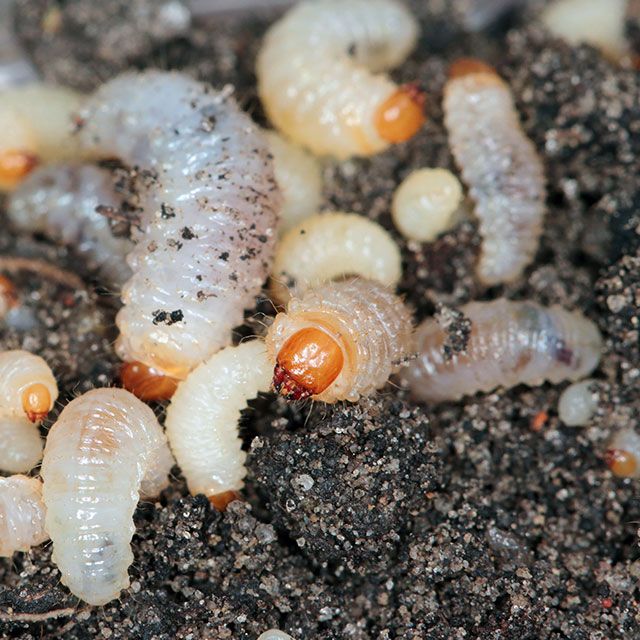
Overall, privet hedges are extremely hardy and resilient plants that can easily withstand the rigours of most UK climates. However, it is important to be aware of common pests and diseases that can affect your hedge in order to maintain its health and vibrancy. With appropriate care and treatment, you can ensure that your privet hedge remains looking its best for years to come.
This article has provided a brief overview of privet hedge common pests and diseases – with tips on how to identify them early and treat them effectively. If you have any further questions about the health of your privet hedge or would like more advice on suitable treatments, do not hesitate to contact us.